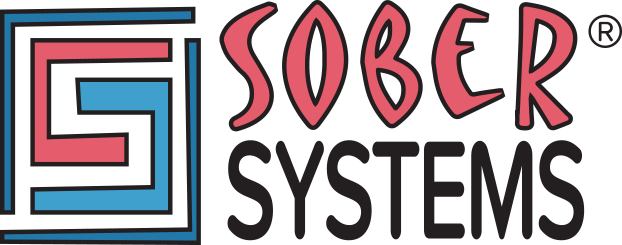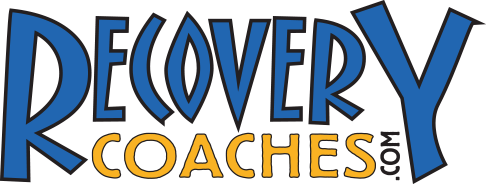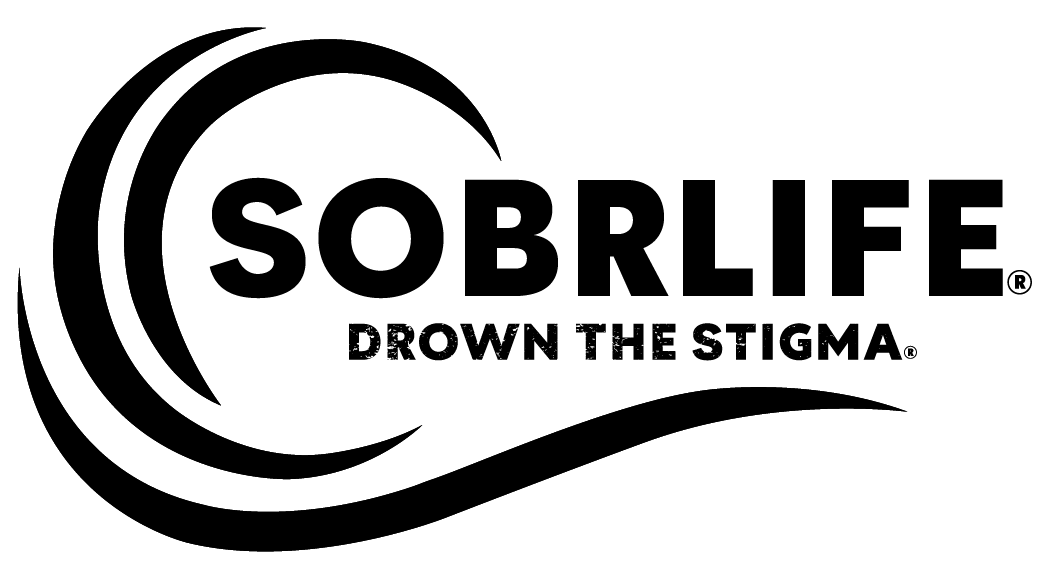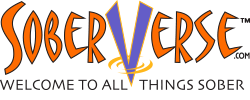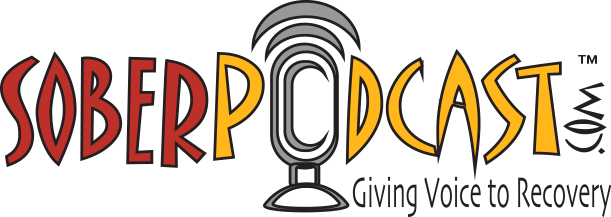WHAT ARE EATING DISORDERS?
There are several types of eating disorders each with its own symptoms, challenges, and recommendations for treatment. As with any condition, individuals experience their eating disorder within the context of their personal life, culture, family dynamics, co-occurring conditions (if any), age, gender, sexual orientation, and other factors such as socio-economic challenges. Here are the major eating disorders as identified by the medical profession:
Information from the Mayo Clinic1
EFFECTIVE TREATMENT
The most effective treatment for an eating disorder is extensive psychotherapy. However, depending on how serious the person’s condition is, they may require in-patient treatment. For example, in the case of Anorexia, many young women and men have eaten so little as to reduce their weight to a dangerously low level. Some adults have been weighed in at under100 pounds!
Psychotherapy, along with nutritional counseling is necessary to empower the individual to understand the root of their eating disorder, and how it affects them individually. Along with these two services, it may also be valuable to engage in some healing therapies to become comfortable with ones’ body again. This could be a combination of some alternative therapies such as massage, acupuncture, and complementary medicine such as Homeopathy.
The type of psychotherapy recommended will vary from person to person.2
FURTHER RESOURCES
Cognitive behavioral therapy for eating disorders. Murphy R, Straebler S, Cooper Z, Fairburn CG.Psychiatr Clin North Am. 2010 Sep;33(3):611-27. doi: 10.1016/j.psc.2010.04.004.
Current approach to eating disorders: a clinical update. Hay P.Intern Med J. 2020 Jan;50(1):24-29. doi: 10.1111/imj.14691.
Evidence-based clinical guidelines for eating disorders: international comparison. Hilbert A, Hoek HW, Schmidt R.Curr Opin Psychiatry. 2017 Nov;30(6):423-437. doi: 10.1097/YCO.0000000000000360.
Evidence-based clinical guidelines for eating disorders: international comparison. Hilbert A, Hoek HW, Schmidt R.Curr Opin Psychiatry. 2017 Nov;30(6):423-437. doi: 10.1097/YCO.0000000000000360.
Position of the American Dietetic Association: nutrition intervention in the treatment of eating disorders. Ozier AD, Henry BW; American Dietetic Association.J Am Diet Assoc. 2011 Aug;111(8):1236-41. doi: 10.1016/j.jada.2011.06.016.
Eating Disorders in Children and Adolescents.
Dawson R.Pediatr Ann. 2018 Jun 1;47(6):e230-e231. doi: 10.3928/19382359-20180523-01.
Epidemiology and treatment of eating disorders in men and women of middle and older age. Mangweth-Matzek B, Hoek HW.Curr Opin Psychiatry. 2017 Nov;30(6):446-451. doi: 10.1097/YCO.0000000000000356.
Medical management of eating disorders: an update. Voderholzer U, Haas V, Correll CU, Körner T.Curr Opin Psychiatry. 2020 Nov;33(6):542-553. doi: 10.1097/YCO.0000000000000653.

